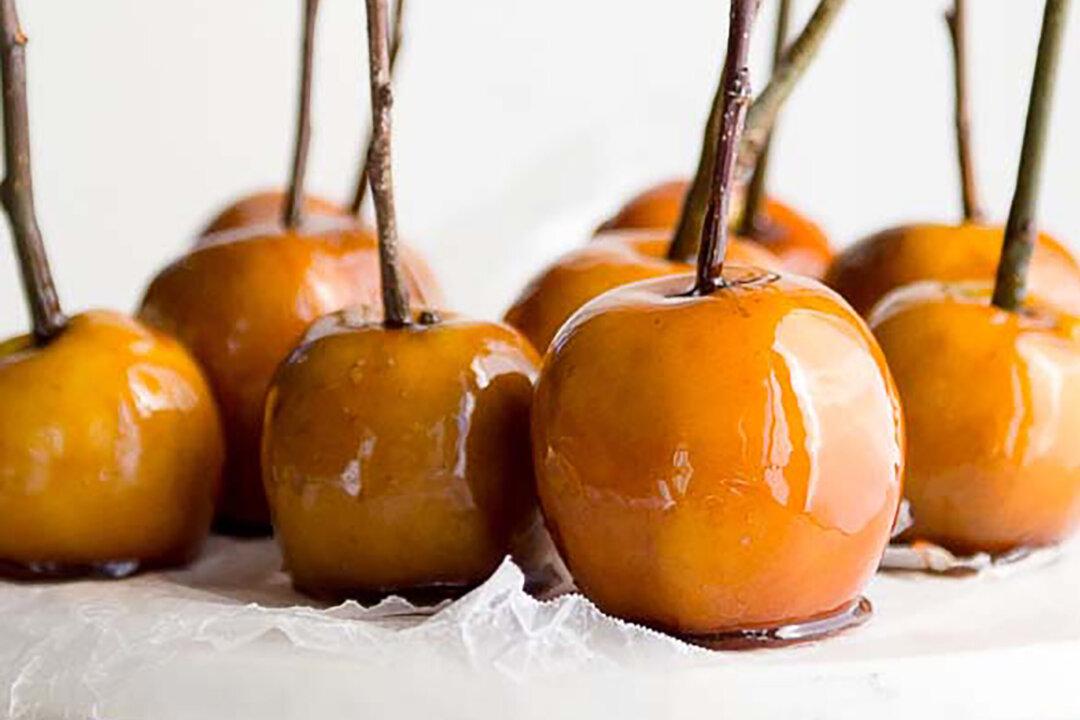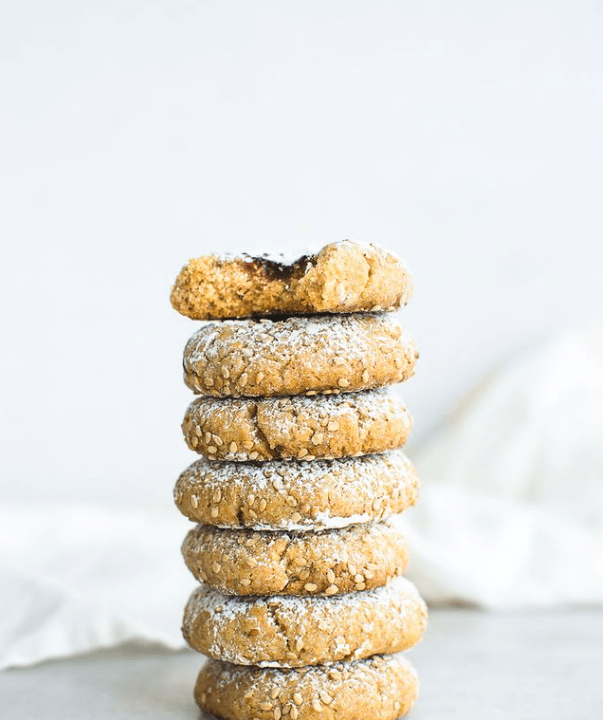As soon as the weather takes on a chill and the leaves begin to change, the apple harvest begins.
While you can buy apples at your grocery store year-round, there’s something magical about finding them at a farmers market in the fall—or taking a basket and heading to a local u-pick orchard to pluck them from the trees yourself. Those experiences—talking with growers, getting your food straight from the source—reconnect you with the seasons and your community. They also give you the opportunity to forge new traditions and reclaim forgotten ones, too.





